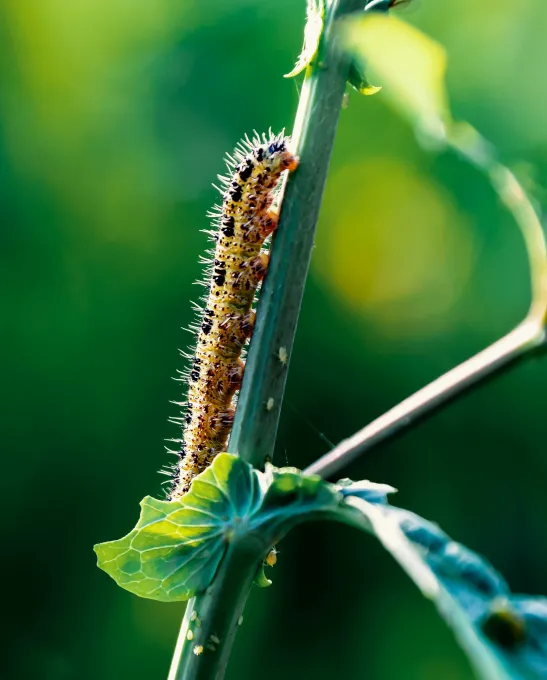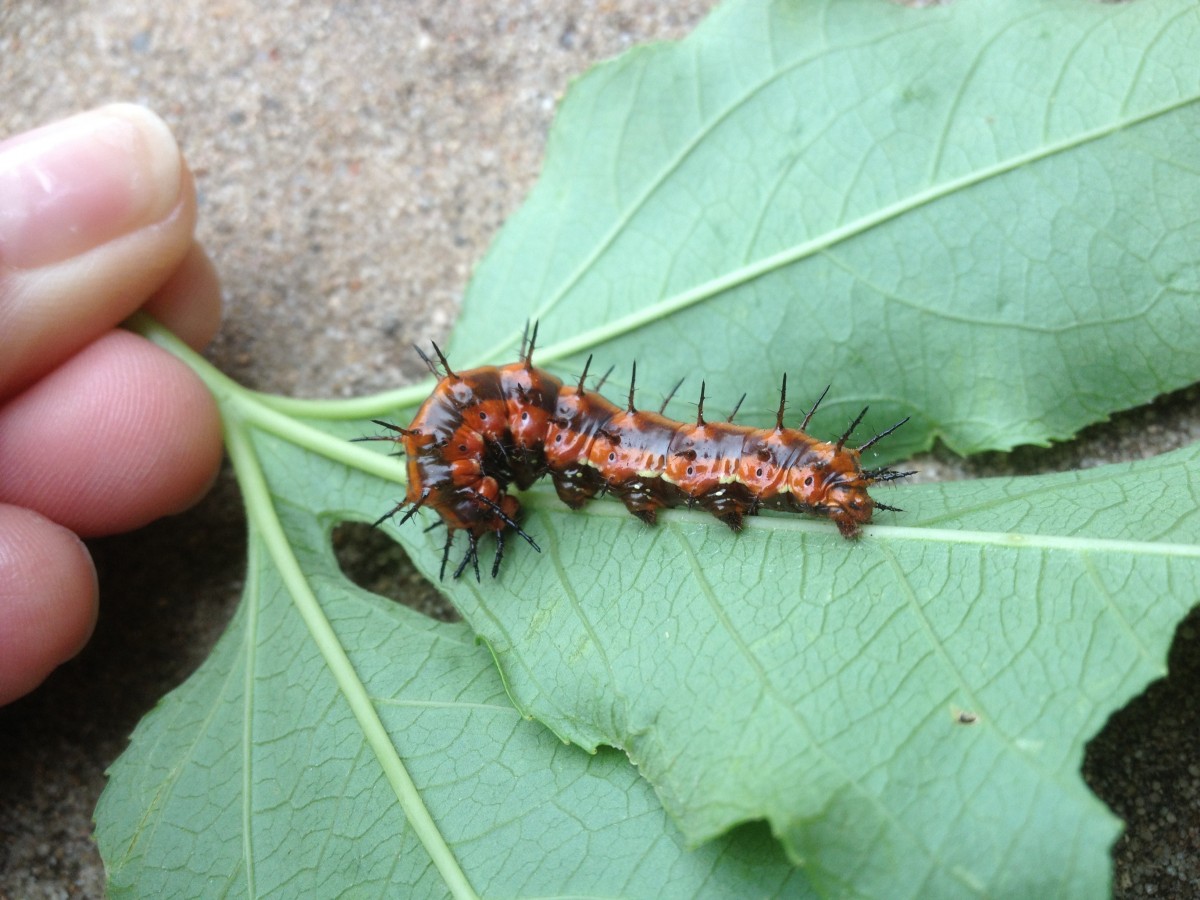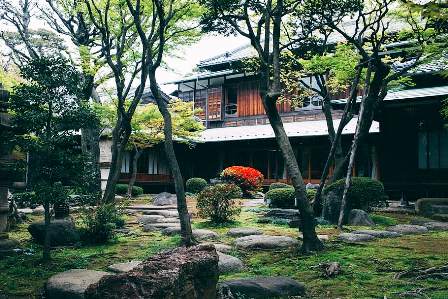Diatomaceous Earth: A Little-Known Natural Insecticide
Summary
– What is diatomaceous earth?
– Properties of diatomaceous earth
– How to use diatomaceous earth?
Some ten thousand tons of chemical pesticides in Canada are used to fertilize and protect our gardens every year. Present in overdoses in our environment, the products that make them up are most often harmful to the environment and dangerous for humans.
Turning to natural insecticides, such as diatomaceous earth, is one of the solutions available to make our environment better on a small scale.
What is diatomaceous earth?
Diatoms are microscopic algae of organic and fossil origin. They can measure between 3 and 500 micrometres and grow in humid and lit environments, such as fresh, marine, brackish water, soil, and air.
Good to know: the deposits of dead diatom shells in the soil form diatomaceous earth.
Diatomaceous earth is an ecological and natural insecticide. It is used in organic agriculture and allows to fight against insects, especially crawling ones. It is thus effective against:
– ants;
– bed bugs;
– fleas and sowbugs;
– beetles and earwigs;
– cockroaches.
It is good to know that diatomaceous earth is not a selective insecticide. It can kill harmful insects and those considered beneficial.
There are currently 2 types of diatomaceous earth on the market:
– A diatomaceous earth that has not been modified in any way. It is also called “amorphous silica”.
– A diatomaceous earth calcined at 900°C, mainly used for filtration and irritating. You can also find it under the name “crystallized silica”.
Properties of diatomaceous earth
Thanks to the specific surface of its grains and its silica skeleton, diatomaceous earth has interesting properties for the fight against insects:
– The ingestion of silica particles causes lesions in the digestive tract of insects.
– These identical particles of silica are delicate and intricate; they cause lesions on the limbs and shells of pests.
– Inert, the diatomaceous earth allows for treating interior and exterior places in the long term.
– Non-toxic, it represents the safest and most effective insecticide usable in a house.
– It has a very high absorption capacity, up to 150% of its weight in oil.
Calcined diatomaceous earth or crystallized silica can also be used:
– as a filtering agent in the industry, especially for wine;
– to polish surfaces;
– as an absorbent, it does not form a sludge after absorbing liquids.
How to use diatomaceous earth?

To use diatomaceous earth, spread it in the areas favoured by insects. The diatomaceous earth will then have the following effects:
– It will protect the treated areas over the long term, unlike traditional insecticides that degrade quickly.
– Unlike a traditional insecticide where the insect dies very quickly, an insect in contact with diatomaceous earth can die after several days.
Good to know: powder spreading must be renewed as soon as it has been ingested or dispersed or if it gets wet.
You can spread this natural insecticide in places where insects pass through and shelter, such as:
– outside: on a terrace, in a yard, in plant beds or garden sheds;
– indoors: in an attic or basement, especially behind closets and baseboards, in cracks, corners, crevices, or crevices;
– house plants: a spray of 5 g of powder for 1 litre of water will be enough to kill the pests;
– pet bedding, such as litter boxes and kennels: leave to act for 48 hours and then brush.
Good to know: it is preferable to wear a mask and goggles to limit irritation of the respiratory tract and eyes when treating large surfaces with diatomaceous earth powder.


